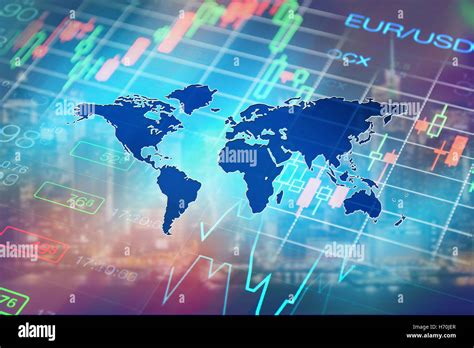Amid the hustle and bustle of the financial world, there are moments that send shockwaves through markets, leaving investors on edge and analysts scrambling to make sense of it all. One such event unfolded recently when Donald Trump’s tariffs reverberated across the Australian stock market, causing the ASX to take a nosedive. This wasn’t just a blip on the radar; it was a seismic shift that had far-reaching implications.
Market Turmoil
The broader market had been bracing itself for potential turbulence, but few were prepared for the extent of the fallout. The ASX 200, Australia’s benchmark index, witnessed a sharp decline in value following the unveiling of what some called “liberation day” tariffs. In just a matter of days, nearly 3% of its value evaporated into thin air as uncertainty gripped investors.
As news of Trump’s tariff measures spread like wildfire, economists found themselves reeling from what they deemed as “idiotic” calculations. The repercussions were immediate and profound, with Wall Street shedding a staggering $2.5 trillion and global markets plunging into chaos.
Forecasting Frenzy
The Reserve Bank of Australia was quick to assess the situation and adjust its projections accordingly. Initially expecting only minor adjustments to interest rates, forecasters now found themselves recalibrating their models in light of escalating trade tensions. ANZ bank led the charge by predicting not just one but three cash rate reductions within the year—a stark departure from their earlier forecasts.
“We would not rule out a 50 basis point cut in May if sentiment sours,” remarked ANZ in response to mounting uncertainties surrounding global growth prospects. Such drastic measures underscored the gravity of the situation at hand and hinted at potential challenges ahead for Australian households.
The Domino Effect
The implications didn’t stop at interest rates; they rippled through various sectors of the economy like concentric waves from a pebble dropped into still waters. Companies reliant on international trade felt an immediate impact as supply chains strained under increased tariffs.
Richard Holden, an eminent economics professor, voiced concerns about businesses’ pessimism towards future sales—particularly with China feeling the brunt of these tariffs. As one of Australia’s key trading partners, any slowdown in Chinese consumption could spell trouble for Aussie exporters looking to offload their goods overseas.
A Struggle for Stability
While consumers grappled with uncertainties about major purchases like appliances or vehicles amidst rising prices due to tariffs, companies scrambled to find footing in turbulent waters.
Ansell Corporation—a leading player in protective gear—found itself grappling with higher costs stemming from increased tariffs on Asian imports destined for US markets.
Companies exposed to energy markets faced an uphill battle as fears loomed over dwindling demand amid talks of a looming global recession. Woodside Petroleum and its ilk saw significant losses during those chaotic trading days—a portentous sign that echoed sentiments felt across industries bracing for impact.
In times like these, every decision carries weight; every market move is scrutinized under a microscope while investors hold their breaths awaiting signs of stability amid volatility.
As analysts pore over data points and economists crunch numbers trying to decipher what lies ahead,
one thing remains certain—the aftershocks of Trump’s tariffs will continue rippling through economies near and far,
leaving behind lessons learned amidst upheaval.




Leave feedback about this